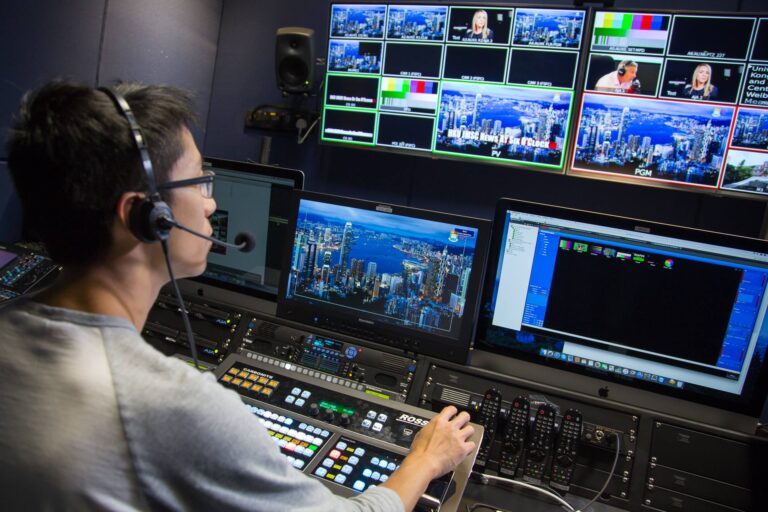Fudan University Unveils ReToMe-VA: A New Framework for Unrestricted Adversarial Attacks on Video Models
Shanghai, China – Researchersfrom Fudan University’s Visual and Learning Lab have developed a novel adversarial attack method for video models, dubbed ReToMe-VA (ReToMe-VA: Diffusion-based Unrestricted Transferable Attack for Videos). This groundbreaking framework leverages diffusion models to generate unrestricted adversarial examples that can effectively bypass the defenses ofmainstream CNN and ViT architectures.
The rise of deep neural networks (DNNs) has revolutionized computer vision and multimedia analysis, finding widespread applications in various aspects of our lives. However, the emergence of adversarial examples has posed a significantchallenge to the robustness of DNNs. These malicious inputs, designed to fool models into making incorrect predictions, can be transferred across different models, enabling black-box attacks and jeopardizing the security of critical applications like facial recognition and video surveillance.
Traditional adversarial attack methods often rely on restricting the perturbation to a specific Lp-norm, aiming for subtle modifications. However, these approaches often result in perceptible noise, making the adversarial examples easily detectable. This has led to the development of unrestricted adversarial attacks, which introduce natural perturbations like textures, styles, or color variations, generating more realistic and undetectable adversarial samples.
While research on unrestricted attacks has primarily focused on image models, the field of video model security, especially regarding unrestricted adversarial attacks and their transferability, remains relatively unexplored. The Fudan University team has addressed this gap by delving into the transferability of unrestricted adversarial attacksin video models, proposing ReToMe-VA as a diffusion-model-based solution.
Addressing the Challenges of Unrestricted Video Adversarial Attacks
ReToMe-VA tackles three key challenges associated with unrestricted video adversarial attacks:
- High Memory Consumption: Generating adversarial videos involves gradient calculations throughoutthe denoising process, leading to significant memory overhead.
- Early Denoising Distortion: Diffusion models typically introduce coarse semantic information in the early denoising stages. However, perturbing the latent variables too early can result in significant distortions in the generated adversarial frames, leading to temporal inconsistencies in the final video.
- Weak Transferability: Individual adversarial perturbations applied to each frame can introduce monotonous gradients, lacking inter-frame information interaction, which weakens the transferability of the adversarial frames.
ReToMe-VA: A Diffusion-based Framework for Unrestricted Transferable Attacks
To address these challenges, ReToMe-VA introduces a novel framework that leverages diffusion models to generate highly transferable adversarial video samples. The framework operates as follows:
-
Latent Space Optimization: ReToMe-VA uses DDIM (Denoising Diffusion Implicit Models) to map benign frames into the latent space. During the DDIM sampling process, the framework employs a time-step-wise adversarial latent variable optimization strategy, optimizing the perturbation in the diffusion model’s latent space at each denoising step. This approach allows for the introduction of adversarial content that is both potent and natural.
-
Recursive Token Merging: ReToMe-VA introduces a recursive token merging mechanism to align and compress temporal redundancy across frames. By sharing tokens in the self-attention module, the framework mitigates misalignment issues in detail optimization across frames, resulting in temporally consistent adversarial videos. Furthermore, merging tokens across video frames facilitates inter-frame interaction, allowing thecurrent frame’s gradient to incorporate information from related frames, generating robust and diverse gradient update directions, thereby enhancing adversarial transferability.
Key Contributions of ReToMe-VA
- First Diffusion-based Unrestricted Video Adversarial Attack Framework: ReToMe-VA pioneers the use of diffusion modelsfor unrestricted adversarial attacks on video models.
- Time-step-wise Adversarial Latent Variable Optimization: This strategy ensures that adversarial content is introduced naturally while maintaining strong adversarial capabilities.
- Recursive Token Merging for Temporal Consistency: This mechanism addresses the temporal inconsistency issue by aligning and compressing temporal redundancy acrossframes, leading to more realistic and coherent adversarial videos.
- Enhanced Transferability: The framework’s ability to leverage inter-frame information through token merging significantly improves the transferability of adversarial frames, making them more effective against diverse video models.
Impact and Future Directions
The development of ReToMe-VA represents a significant advancement in the field of adversarial attack research, particularly for video models. This framework highlights the vulnerability of existing video models to unrestricted attacks and underscores the importance of developing robust defenses against these threats.
Future research directions include:
- Exploring the use of more sophisticated diffusion models for generating even more realisticand transferable adversarial videos.
- Developing defense mechanisms against ReToMe-VA and other unrestricted adversarial attack methods.
- Investigating the potential of ReToMe-VA for other video-related tasks, such as video classification and object detection.
The work of the Fudan University team underscores the growing importance of addressingsecurity concerns in the development and deployment of AI models. As AI systems continue to permeate various aspects of our lives, ensuring their robustness against adversarial attacks is crucial for maintaining trust and ensuring the responsible use of this powerful technology.
Links:
- Paper: http://arxiv.org/abs/2408.05479
- Code: https://github.com/Gao-zy26/ReToMe-VA
【source】https://www.jiqizhixin.com/articles/2024-08-27-4
Views: 4
